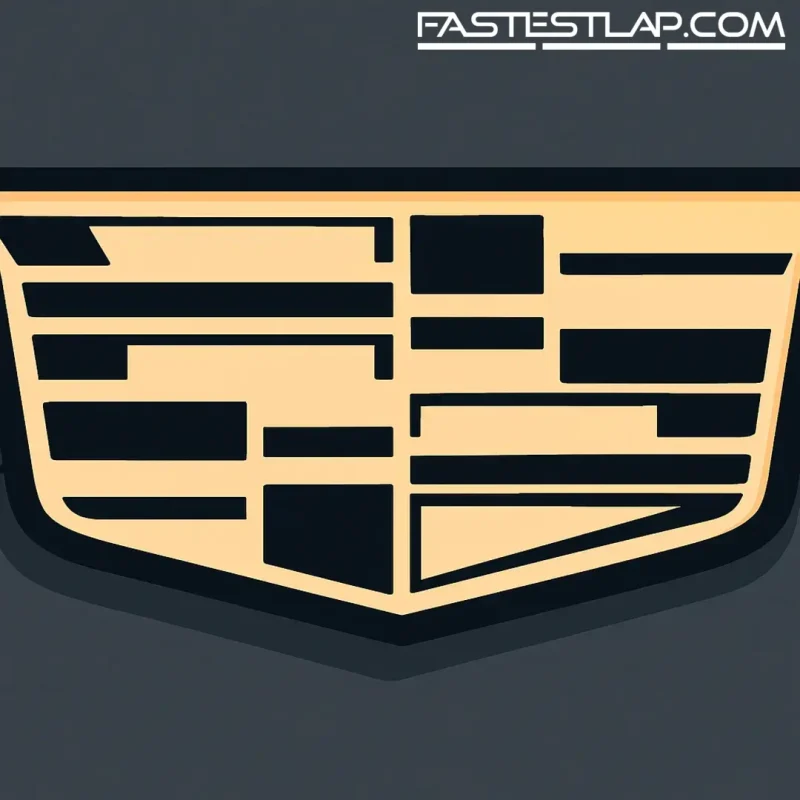Cadillac F1 adds Pagenaud, Fittipaldi and Eastwood to simulator squad ahead of 2026 launch
Cadillac’s Formula 1 project is starting to look like a proper American heavyweight. The newcomer has already locked in Valtteri Bottas and Sergio Pérez for its 2026 debut, with Colton Herta signed as test driver. Now comes the muscle behind the curtain: a trio of seasoned hands to power its simulator program — Simon Pagenaud, Pietro Fittipaldi and Charlie Eastwood.
On paper, it’s the kind of mix you want if you’re serious about hitting the ground running: a former IndyCar champion with deep technical instincts, a two-time F1 race stand-in who’s lived inside modern F1 ops, and a Le Mans-savvy GT ace with factory discipline.
Pagenaud is the headline. The 2016 IndyCar champion and 2019 Indy 500 winner hasn’t raced since his horrendous 2023 Mid-Ohio crash, but he hasn’t been idle. After advising Team Penske and helping Scott McLaughlin translate V8 Supercars aggression into open-wheel nuance, he now takes those development chops to Cadillac’s simulator. “Optimizing the technical side of a car and managing relationships with the people in the factory has been my passion,” Pagenaud said via the team. He added that refining the sim and making it “as realistic as possible” gets him back to feeling useful after the accident. It’s not hard to see why Cadillac wanted him: he’s meticulous, he speaks engineer, and he’s been a race-weekend problem-solver at the highest level.
Fittipaldi brings a different kind of currency: contemporary F1 familiarity. The Brazilian‑American famously stepped in for Haas in late 2020 after Romain Grosjean’s fiery Bahrain crash and has since spent years in and around the F1 paddock as a reserve and simulator regular. “We’ve been working together on the development of the team’s 2026 F1 car through simulator testing and full race weekend simulations,” he said, calling it a privilege to help build a program of this scale. If you’re building an 11th team from scratch, you want someone who knows what good looks like on a Friday night when the numbers don’t match the track.
Eastwood rounds out the group with factory endurance pedigree. The Irishman has Corvette roots, Le Mans class wins and a European Le Mans title on his CV — and those environments breed precision. Endurance pros live in data, long runs and consistency; the mindset translates neatly to sim work where the job is to drill through setup sweeps, correlate findings and hand the race team a clear direction for the next session. Eastwood said he’ll lean on those experiences to support Cadillac’s F1 entry through development programs and sim duties.
This is where the modern game is won. With testing so tightly capped, teams lean on Driver‑in‑Loop simulators to pressure‑test concepts, evaluate updates and rehearse race plans while the cars are rolling through FP2. The best outfits treat their sim crews like a second race team: nights spent iterating baseline setups, teasing out tyre windows, running is-this-crazy-or-genius strategy branches, then feeding a distilled set of answers back to the garage before the cars roll again. Simulators aren’t perfect — they’re only as good as the model and the people driving them — which is why Cadillac stacking its bench with a champion, a current‑spec F1 operator and a factory endurance pro feels intentional.
It also says something about how Cadillac wants to launch. Bottas and Pérez as race drivers is a pragmatic call — mileage, feedback, low drama — while Herta is the long play, a stateside star given runway to adapt to F1’s cadence. Now add Pagenaud, Fittipaldi and Eastwood, and you’ve got the spine of a development program aimed at compressing a multi‑year learning curve into one winter and a lot of overnight sim shifts.
Of course, 2026 is a moving target for everyone. New power unit rules, aero refresh, the works. That chaos cuts both ways: established teams must unlearn old truths, and a newcomer can close the gap if it executes in the gray areas faster than the midfield. Cadillac’s approach — blend American racing nous with F1‑grade operations and shovel resources into correlation — is the right kind of gamble.
There are still unknowns: how quickly the car model matures, how seamlessly the sim correlates to real circuits, how fast the processes harden under the pressure of a double-header. But with Pagenaud’s method, Fittipaldi’s fluency in current F1 rhythms, and Eastwood’s factory‑team discipline, Cadillac’s sim room shouldn’t be short on signal.
For a team selling the American dream, this is the quiet part that makes the dream stick. The headlines belong to Bottas and Pérez. The lap time might belong to the night shift.




